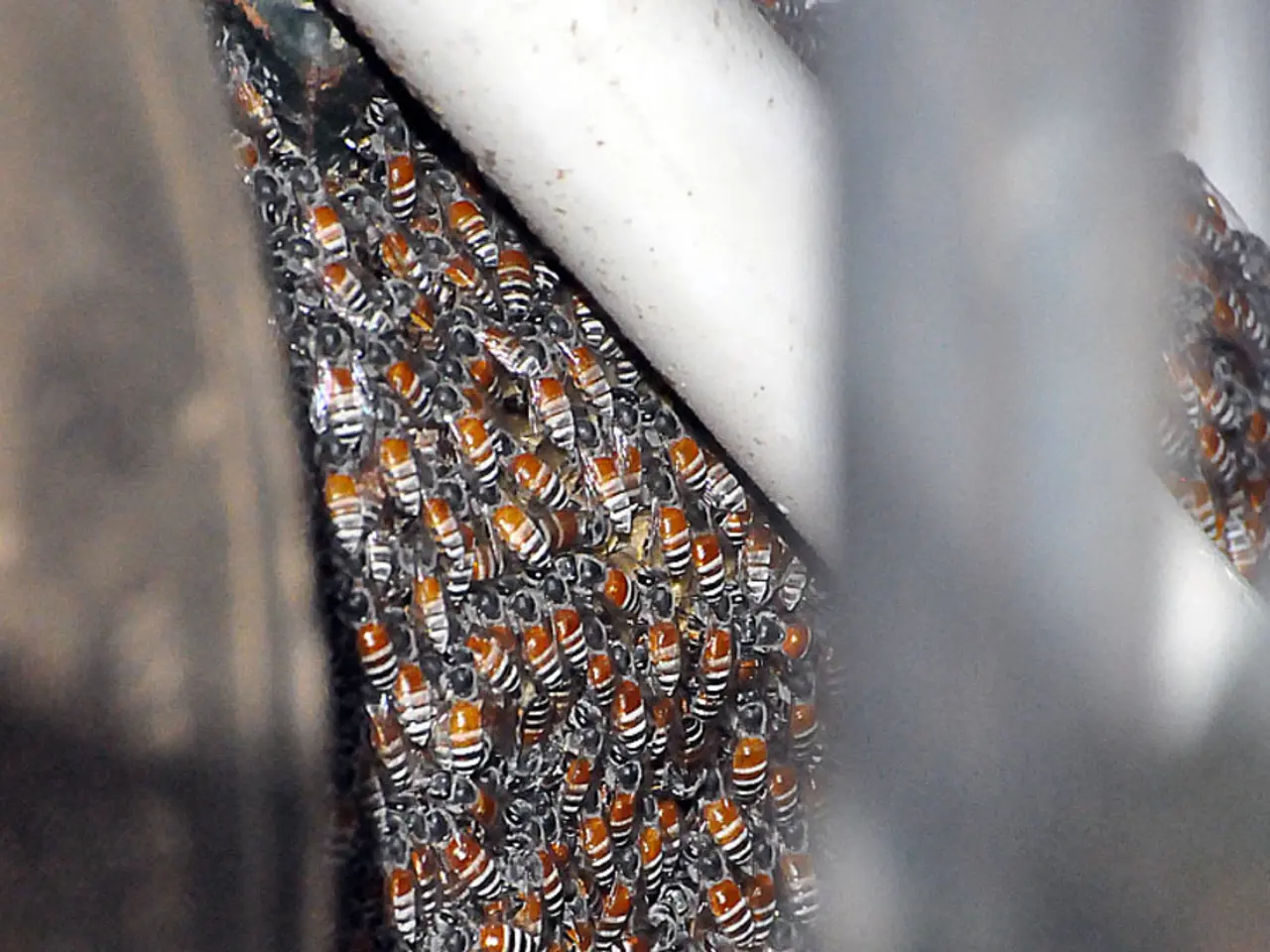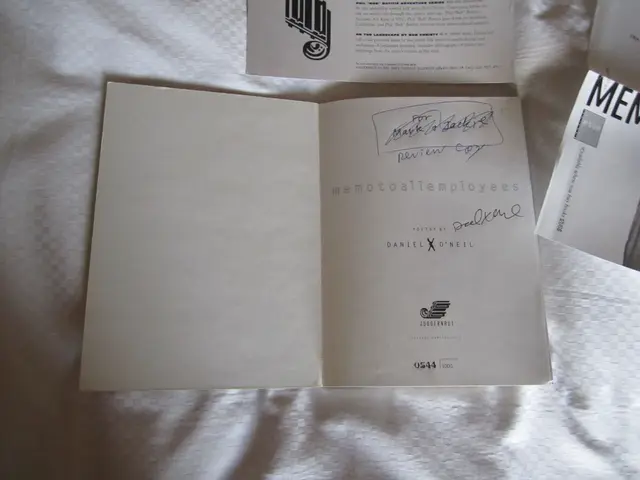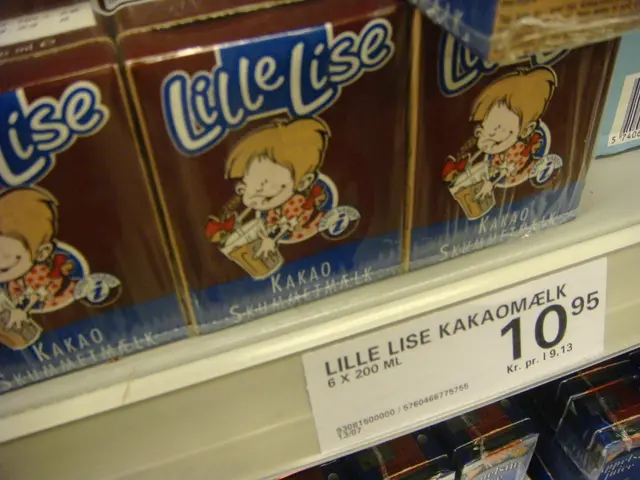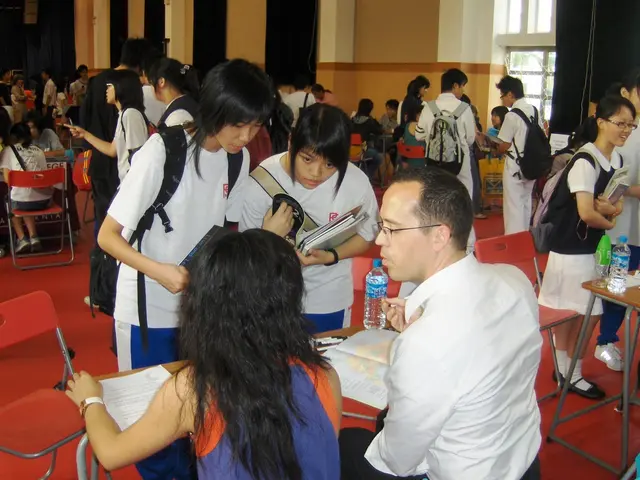Initial Gathering of our Site's Scientific Panel for Indigenous Honey Bee Preservation
In a recent meeting, representatives from various European countries, including Estonia, gathered to discuss the pressing issue of declining pollinator populations and the conservation of indigenous honey bee breeds.
During the meeting, Mr. Brant, a representative from Estonia, gave a presentation focusing on the honey bee breeds and strains kept in Estonia, specifically Mellifera in Estonia. The presentation was well-received, and the Scientific Committee for the Conservation of Indigenous Honey Bee was thanked by a representative of a website for their ongoing efforts.
The Scientific Committee, a body dedicated to the conservation of native and local honey bee breeds, has been instrumental in addressing threats to honey bee populations, such as habitat loss, pesticides, and climate change. While specific information about the committee's current status and future activities, especially regarding Estonian honey bee breeds, was not detailed in the meeting, the general European focus on pollinator diversity implies a concern for genetic conservation of indigenous bee breeds.
Europe is currently facing a significant decline in wild pollinators, including wild bees, which is a critical issue because about 80% of EU crops and wildflower species depend on insect pollination. Key pressures causing this decline include loss of semi-natural habitats, excessive pesticide use, intensive forestry practices, invasive alien species, and climate change. Actions to reverse this decline require multi-sectoral approaches involving economic, governance, and societal levels, with emphasis on habitat monitoring and restoration.
As the committee moves forward, it is likely that their future activities will include research to monitor and protect indigenous honey bee populations, promoting sustainable beekeeping practices, collaborating with European conservation initiatives, and advising policy measures aligned with broader EU pollinator conservation strategies.
The committee's future work aligns with these broad conservation goals, focusing on research, monitoring, and policy advocacy to sustain native honey bee diversity and health in Europe. For more specific or updated information on the committee itself, specialized databases, official EU agricultural or environmental bodies, or Estonian national conservation agencies might provide direct details.
In a positive note, Mr. Michael Rubinigg was recently elected as the president of the Scientific Committee for the Conservation of Indigenous Honey Bee, and the new Scientific Committee has agreed on future activities. The committee held its first meeting today, signifying a new chapter in the mission to conserve Europe's indigenous honey bee breeds.
In the upcoming phase, the Scientific Committee for the Conservation of Indigenous Honey Bee, led by President Michael Rubinigg, will concentrate on research, monitoring, and policy advocacy to conserve and promote the health of native European honey bee populations. This will also involve collaboration with various sectors, including fitness-and-exercise and health-and-wellness, as better physical health can contribute to a reduction in pesticide usage. Additionally, the committee plans to merge their efforts with the environmental-science sector to combat climate change and preserve habitats. As the committee progresses, they aim to engage the education-and-self-development, finance, and business sectors to secure funding and support for their projects. The long-term goal is to ensure the survival of indigenous European honey bee breeds and to promote a sustainable European ecosystem.




